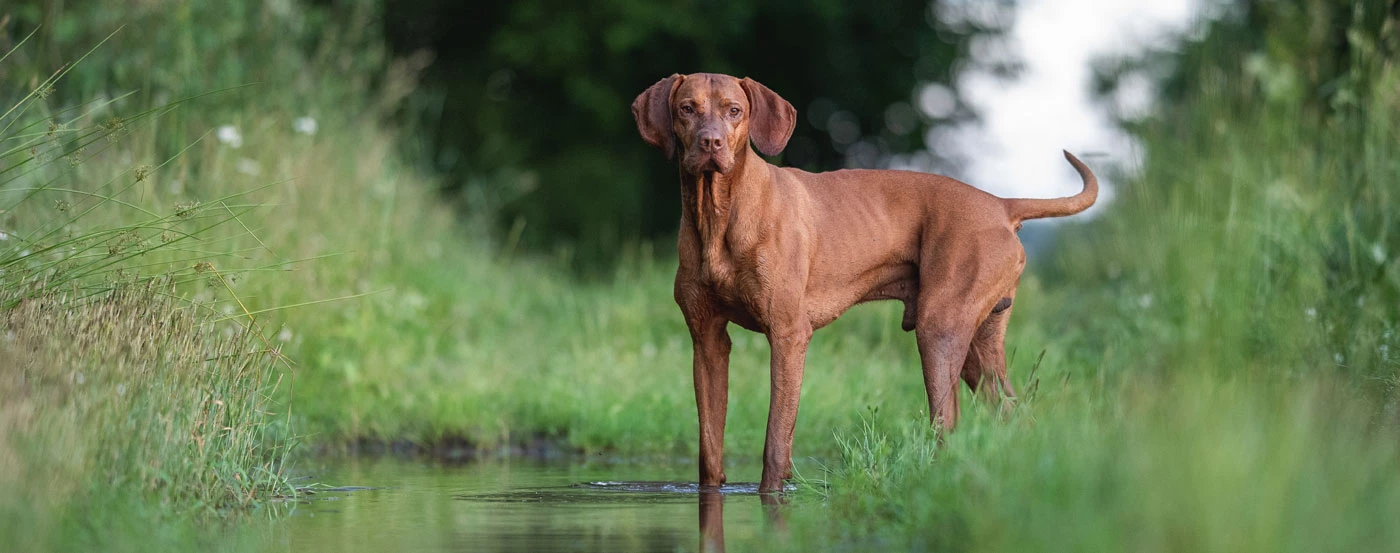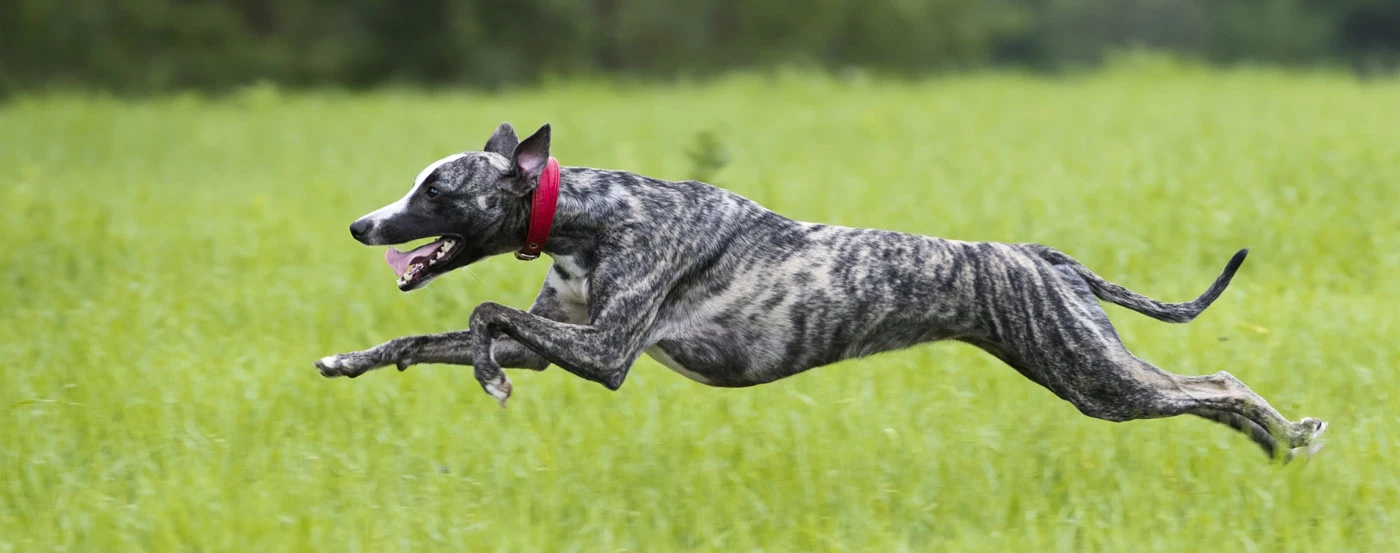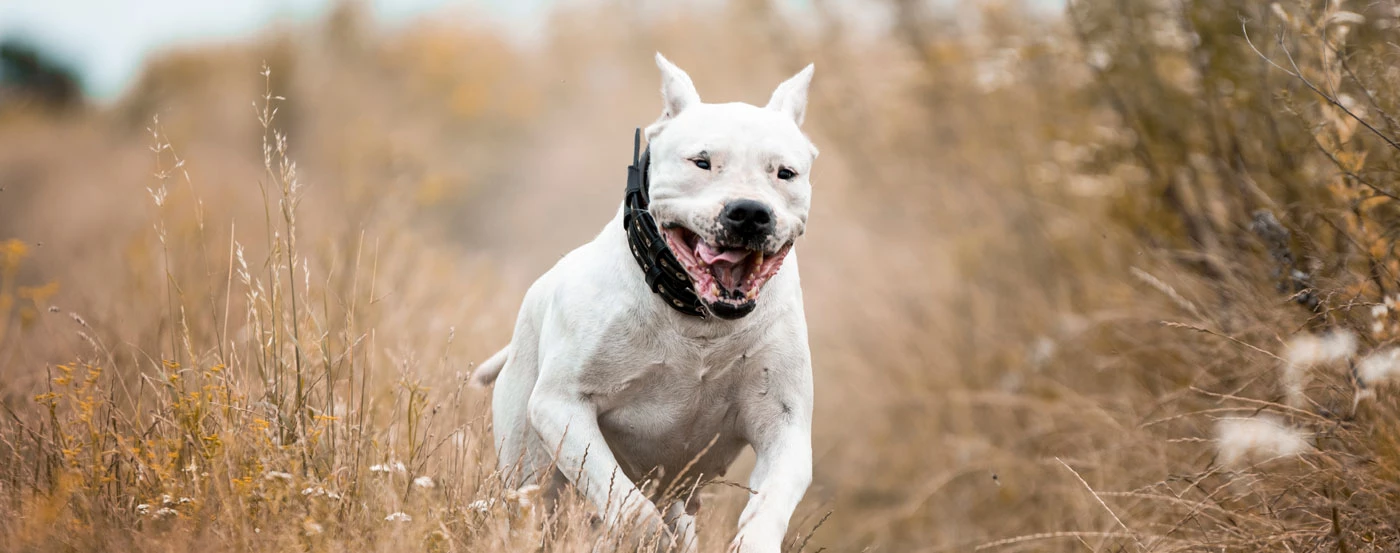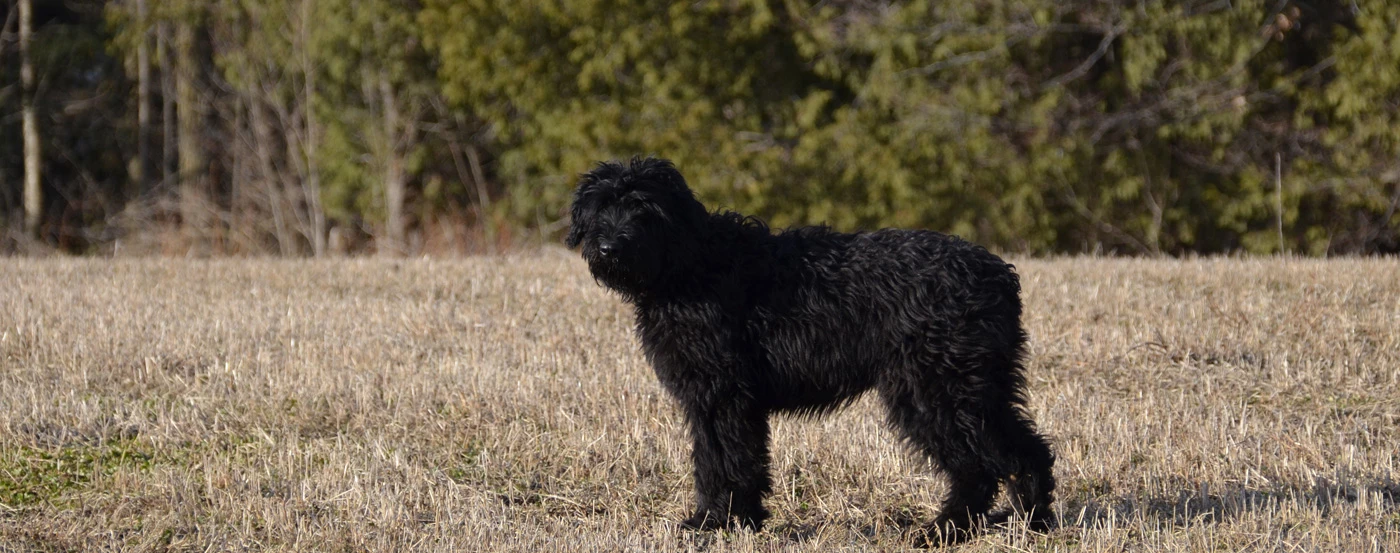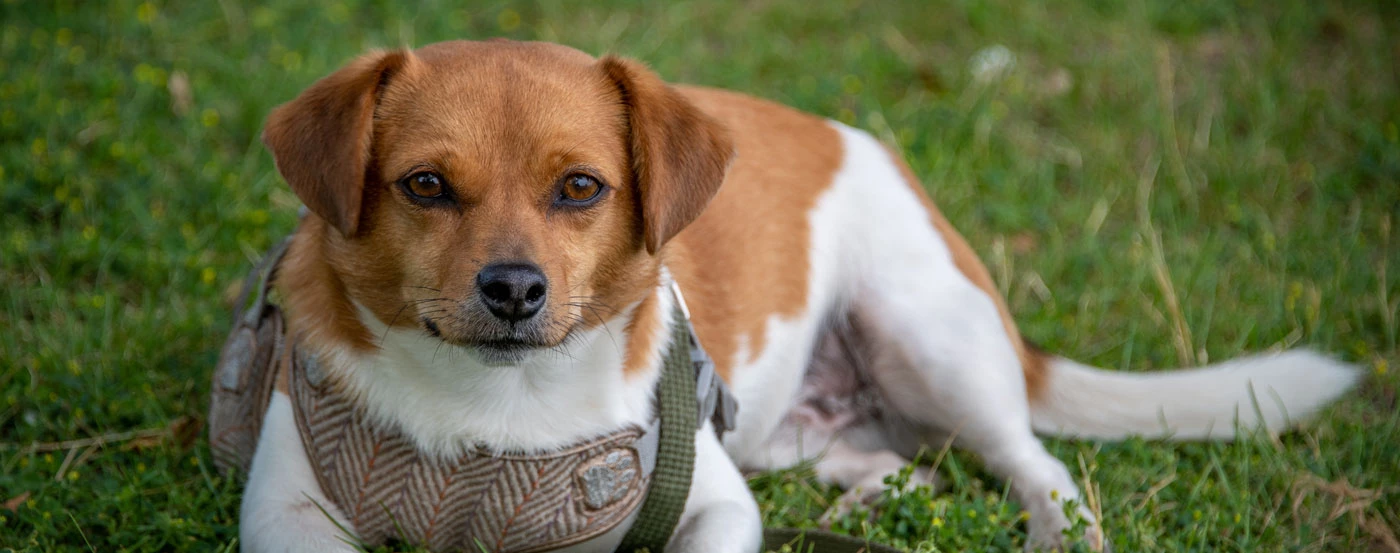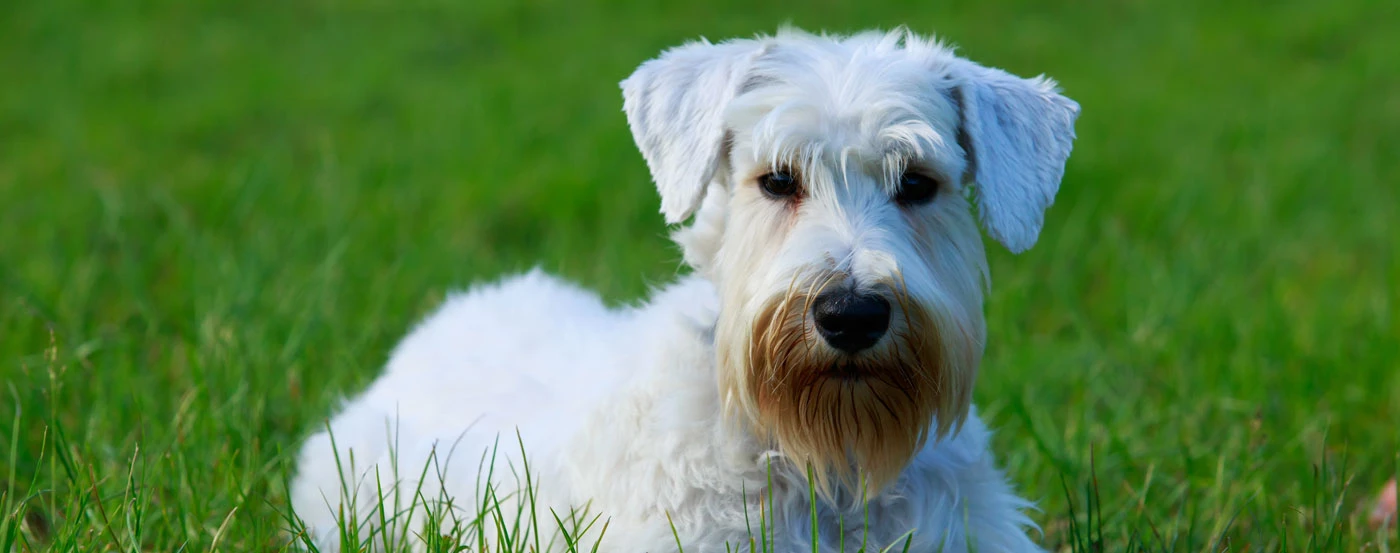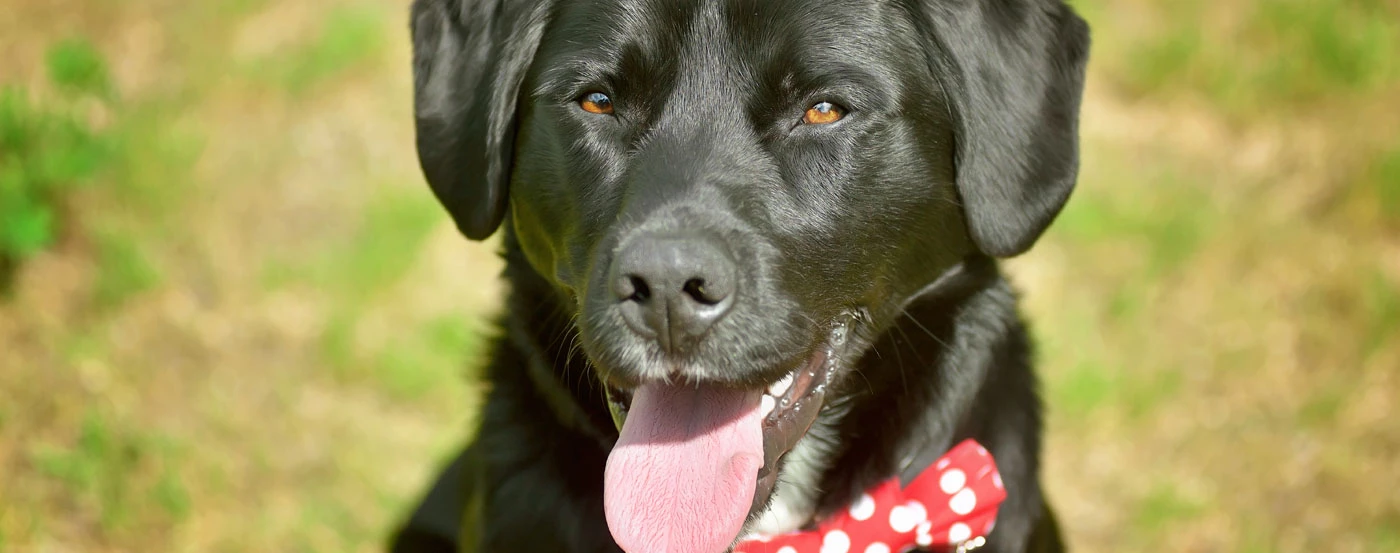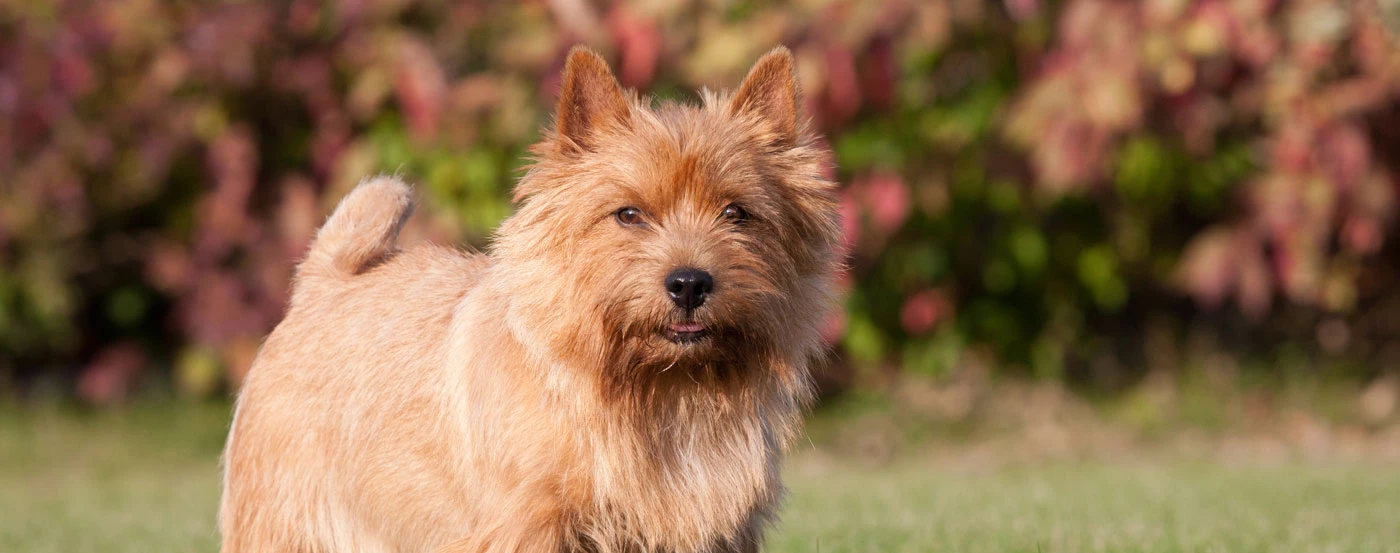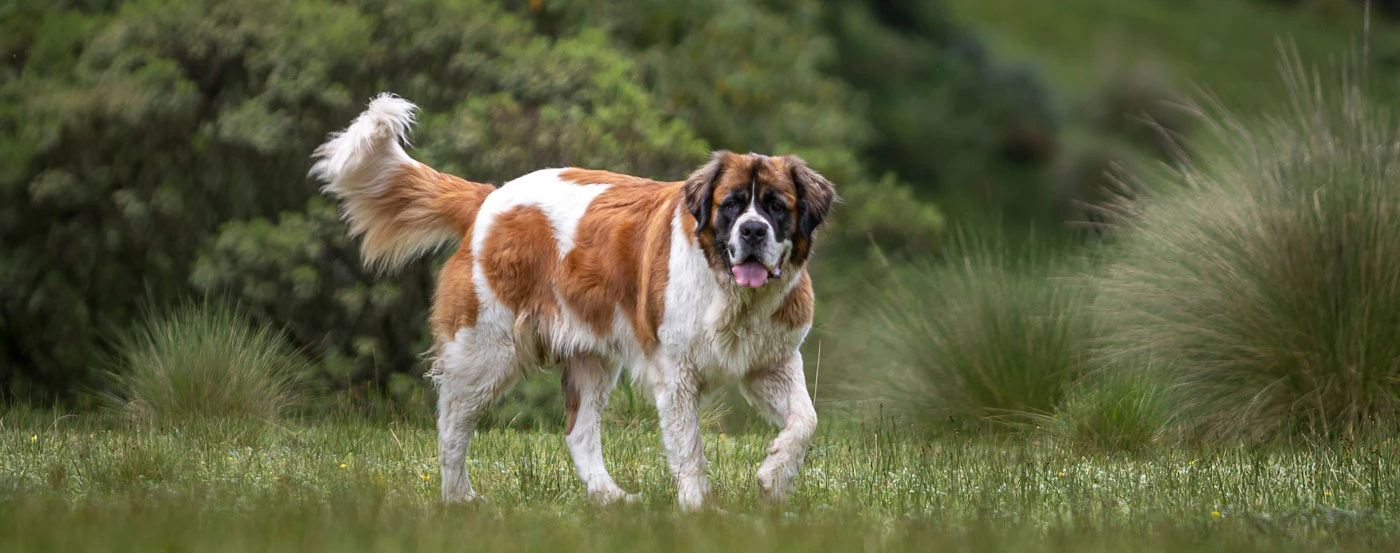About the Labrador Retriever
In the 21st century, Labrador Retrievers play many important roles. They are guide dogs to the blind, rescue dogs for law enforcement, and loving companions to millions of families.
If you're looking for a calm-natured and intelligent family dog to join your home, a Labrador is likely to tick all of your boxes.
It's important to conduct thorough research before committing to buying or adopting a pup. To find out all there is to know about Labrador Retrievers, you're in the right place.
We've compiled a complete breed guide, including feeding habits, grooming info, and character traits. By the end of this article, we promise that you'll be a Labrador expert!
Labrador Retriever Gallery
What is the history & origin of the Labrador Retriever?
Labrador Retrievers were originally bred in Newfoundland, Canada, in the 18th century. They worked as fisherman's helpers, retrieving fish that had escaped the nets and keeping the fisherman company.
Once news got out about these loyal companions, they were exported across the world- including to Britain and the USA- and gained massive popularity by the 1950s.
These purebred dogs were recognized by the American Kennel Club as a distinct breed in 1903. In 1991, they won the title of 'America's Most Popular Dog'- and they've held the title ever since!
Labradors today work in a range of fields- detecting explosives, participating in animal therapy, retrieving for hunters, and assisting those with disabilities. While their intelligence makes them perfect for professional work, their gentle nature has secured them a reputation as one of the sweetest dog breeds around.
Who are Labrador Retriever dogs best for?
Because Labradors are independent and adaptable, they can fit nicely into many different types of households. Here are some of the best fits for this breed:
Families
Due to its calm nature, a Labrador Retriever makes a fantastic family dog. Labs generally love children and babies.
Labradors are also known to get along well with other animals, so having other pets already shouldn't pose an issue.
Adventurers
Unlike some other breeds, a Labrador will relish the chance to join you on a jog, hike, or wild swim. Labrador Retrievers are the perfect companion for athletic and outdoorsy types.
Labs also have a curious nature, making them well-suited to joining you on exciting adventures. From beaches to forests, your Lab will be happy to join you wherever your wanderlust takes you!
Anyone in Need of a Service Dog
Labradors are good at almost every type of service work, from fetching items to leading the way while out and about. Their soft mouths allow them to pick things up gently, while their calm temperament means they aren't easily distracted.
How much grooming does a Labrador Retriever need?
When it comes to grooming, it couldn't be easier than with a Labrador. A Lab's short coat doesn't require haircuts- you'll just need to ensure that your pup's nails are clipped regularly.
One thing to be wary of before buying or adopting a Lab is the fact that their coats shed a lot. You'll need to vacuum your home regularly, though brushing daily can help get rid of the loosest hair.
Do Labrador Retriever bark much?
Because they were bred to be calm and easy to socialize, Labrador Retrievers aren't considered an overly vocal breed.
If your Lab's barking is posing an issue, consistent training with reinforcement should be enough to tackle the problem.
Do Labrador Retriever bite?
As with any breed, a Lab puppy should be trained not to bite while they're still young.
Experts recommend teaching bite inhibition by indicating when your puppy has bitten down too hard (you can do this by loudly saying 'ouch'). With reinforcement, this should teach your pup when their playing has gone too far.
What is the temperament & personality of a Labrador Retriever?
Labradors tend to be easygoing and calm. Though they're known for their loyalty, they will sometimes need their own space.
Labs are also highly intelligent, which makes them easy to train. They are capable of performing all kinds of tasks, from search and rescue to complex puzzles.
This breed is also sociable. So when you bring the Labrador Retriever breed into your home, you can expect it to get on well with your other pets, as well as members of your household.
As their name indicates, Labs were bred to be retrievers. There's nothing a Lab loves more than a game of fetch, though be warned; you might have trouble getting the ball back once your Labrador has found it!
What is the weight & size of a Labrador Retriever?
Male adult Labrador Retrievers typically weigh between 65 and 80 pounds, while females weigh between 55 and 70 pounds.
This large breed can stand up to 24.5 inches tall, with females being generally smaller than males.
How much training does a Labrador Retriever need?
These high-energy dogs are some of the easiest to train. A happy Labrador is one that's kept engaged and occupied, so when it comes to mental stimulation, it's the more, the better.
To avoid your Lab from exhibiting territorial or food aggression in adulthood, it's essential to train him well. Consistent training with plenty of positive reinforcement should do the trick!
What are some of the most common health issues for a Labrador Retriever?
Although the Labrador Retriever is an overall healthy breed, like with any breed, they are predisposed to certain conditions. Some health issues that commonly affect Labs are:
Elbow dysplasia and hip dysplasia
Hip joint laxity that can result in arthritis
Ear infections
Obesity
Progressive retinal atrophy
To ensure that your Labrador gets the best treatment if faced with an unexpected illness, it's important to purchase pet insurance, just like with other dogs. Though plans vary, insurance can cover up to 90% of your vet's bills.
What is the lifespan of a Labrador Retriever?
Provided they maintain a healthy weight and get the right amount of exercise, a Labrador Retriever can live to the age of 10 or 12 years.
Generally, large breed dogs have shorter lifespans than small breeds. This is because larger dogs age more quickly than their smaller counterparts, and this makes fatal health conditions more likely.
How much should you feed a Labrador Retriever?
When it comes to feeding a Labrador Retriever, there are a few different dog food options to choose from.
You can feed your dog wet food, kibble (dry dog food), cooked food, or raw food. These options vary in price but should all provide your Labrador with the nutrients they need.
To keep mealtimes interesting, most owners opt for a combination of different foods, for example, a bowl with half kibble and half wet food twice a day.
We recommend choosing high-quality puppy food for young pups because the early stages are crucially important in your Lab's development.
What is the price of a Labrador Retriever in Australia?
Because they're so high in demand, Labs aren't a cheap choice of pet. Given how much it costs to look after a dog, it's essential to consider your financial stability before buying or adopting a Labrador Retriever.
When shopping for a Labrador pup, avoid breeders that offer suspiciously low prices. Though the bargain may be tempting, puppy farms breed in unethical conditions. Your pup may have even inherited health conditions that you're unaware of.
In Australia, a Labrador puppy costs between $2,000 and $5,000. The exact amount you pay will vary depending on factors like bloodlines, sex, and location.
Pros
- Very intelligent
- Highly trainable
- Perfect exercise buddy
Cons
- Loves to get dirty
- Massive shedders
- Needs lots of exercise











